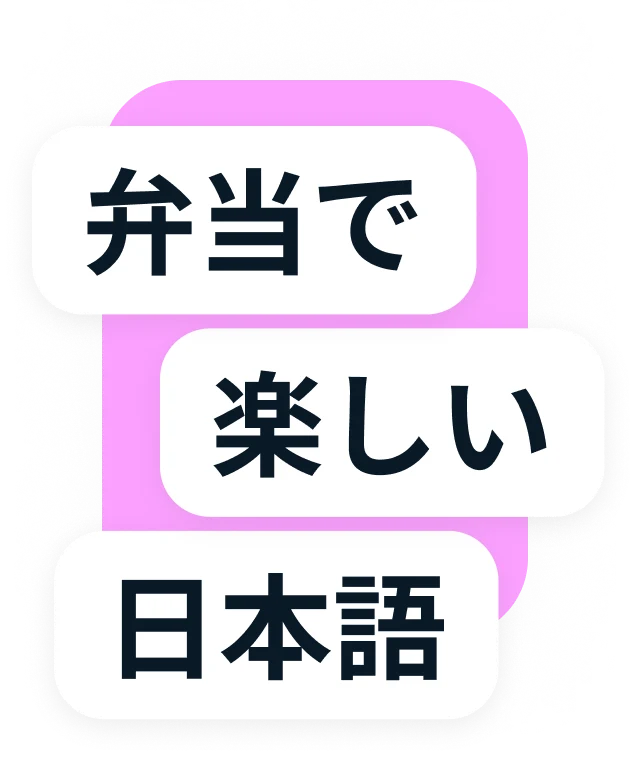Kanji for Beginner Japanese Learners: A Complete Guide with the Kanken Kyu System
F Rank LessonKanji (漢字) is one of the three writing systems used in Japanese, alongside hiragana and katakana. They are logographic characters originally adopted from Chinese and represent meanings, not just sounds. If you’re starting Japanese, kanji can feel overwhelming—but with the right structure, like the Kanken Kyū system, you can learn step by step.
Explore Kanji by Kyu (Grade)What Is Kanji?
Kanji are characters borrowed from Chinese writing and adapted to fit the Japanese language. Each kanji often has multiple readings:
- On’yomi (音読み) – the reading based on original Chinese pronunciation.
- Kun’yomi (訓読み) – the native Japanese reading.
Example: 山 — on’yomi: san (富士山), kun’yomi: yama (山に登る).

How Many Kanji Are There?
There are over 50,000 recorded kanji, but most are rare. Modern Japan defines 2,136 Jōyō Kanji for daily use.
- Kyōiku Kanji — 1,026 taught in elementary school.
- Remaining 1,110 — learned in junior high and high school.
How Did Japan Adopt Chinese Writing?
Chinese characters arrived around the 5th century. Japan adapted them to Japanese grammar and vocabulary, which led to kun’yomi readings and later to hiragana and katakana.
Kanken Kyū System (漢検の級)
We organize kanji by Kanken levels. Use these levels as milestones from beginner to expert.
10級
Grade 1 (Kyōiku)Elementary G1 • 80 Kyōiku kanji
Coming Soon
9級
Grade 2 (Kyōiku)Elementary G2 • 160 Kyōiku kanji
Coming Soon
8級
Grade 3 (Kyōiku)Elementary G3 • 200 Kyōiku kanji
Coming Soon
7級
Grade 4 (Kyōiku)Elementary G4 • 200 Kyōiku kanji
Coming Soon
6級
Grade 5 (Kyōiku)Elementary G5 • 185 Kyōiku kanji
Coming Soon
5級
Grade 6 (Kyōiku)Elementary G6 • 181 Kyōiku kanji
Coming Soon
4級
Junior High (in-school)JHS in-school level • beyond Kyōiku
Coming Soon
3級
Junior High (graduate)JHS graduate level • daily-use foundations
Coming Soon
準2級
Senior High (in-school)HS in-school level • most Jōyō Kanji
Coming Soon
2級
HS grad / Univ / GeneralAll Jōyō Kanji mastery (general literacy)
Coming Soon
準1級
AdvancedBeyond Jōyō • newspapers, names, classical
Coming Soon
1級
ExpertRare & classical kanji • specialist level
Coming Soon
Why use Kanken to learn kanji?
- Clear, motivating checkpoints that match real-world literacy.
- Builds from Kyōiku kanji to Jōyō and beyond in a logical sequence.
- Easy to scope study plans by level and track progress.
About Kanken
Official site: Kanken grade overview
Kanji Radicals and Compounds
Radicals hint at meaning; phonetic parts hint at sound. Learning them speeds lookup and recall.
Meaning Radicals
- 氵 (water) → 海, 清, 湖
- 忄 (heart) → 情, 急, 忘
- 扌 (hand) → 持, 打, 投
- 艹 (plant) → 花, 茶, 菜
- 口 (mouth) → 味, 呼, 吠
Meaning + Sound
- 清 = 氵 + 青 (on’yomi セイ)
- 情 = 忄 + 青 (on’yomi ジョウ)
- 時 = 日 + 寺 (on’yomi ジ)
How to Learn Kanji Effectively
- Learn stroke order — handwriting improves memory.
- Use both readings — at least one on’yomi and one kun’yomi.
- Practice in context — sentences over isolated characters.
- Review regularly — save words and use spaced repetition in Collections.
- Mix reading and writing — writing reinforces recall.
Learning Roadmap for Beginners
- Start at 10‑Kyū — first 80 kanji.
- Daily practice — 15–20 minutes reading/writing.
- Weekly review — keep old kanji fresh.
- Climb through Kyū levels — treat each as a badge.
- After Kyū 5 — expand to the remaining Jōyō Kanji.
